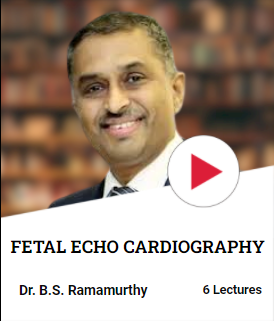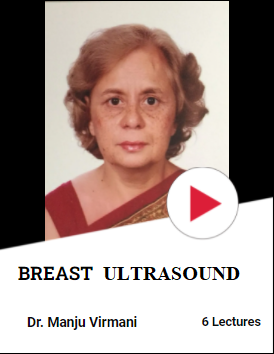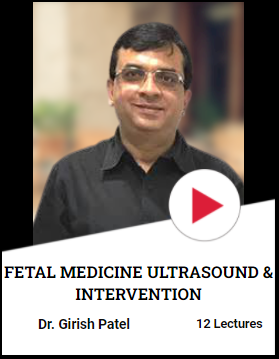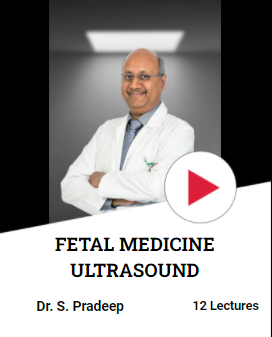Introduction
The heart, a complex organ in the body that consists of four chambers, two atria, and two ventricles. These are further divided into left and right sides. The working of the heart is called a cardiac cycle, where the heart contracts and relaxes continuously. These contractions and relaxations are also known as diastole and systole.
By definition, diastole is the relaxation of the heart muscles, when the atria are filled with blood and decreasing the blood pressure. Systole is the contraction of the heart muscles pushing the blood out of the heart increasing the blood pressure. For blood pressure to be normal, there must be a balance between diastole and systole cycles.
Blood pressure
When a patient is checked for blood pressure, the doctors look at the diastole pressure and the systole pressure which are represented by two numbers, and the measurements are given as millimeters of mercury. The reading is written as 120/80 and is read as 120 over 80. Here the first number or the upper number is systole and the lower or the second number is diastole blood pressure. The normal blood pressure is 120/80, if there are variations in these numbers then that will lead to high blood pressure and hypertension.
Types of heart failures
The heart sometimes due to unhealthy diet, routine, physical or emotional stress, or other reasons can fail to work properly, this leads to heart failures and can be fatal at times. There are three types of heart failures –
- Left-sided heart failure
- Right-sided heart failure
- Congestive heart failure
In this article, we will be talking about, as the title suggests, Diastolic and systolic heart failures also called left ventricle heart failure.
Left Ventricle heart failure
The left side of the heart pumps the oxygenated blood, the left ventricle pumps this blood to the entire body. The left ventricle has a lot more workload on it to pump the blood out supplying the most powerful and hence the left ventricle is larger than other chambers. Let us further understand left-sided heart failure.
Systolic heart failure
Heart failure in general means the heart is not pumping blood efficiently, systolic heart failure means, the left ventricle of the heart is not pushing the blood out efficiently as it is supposed to. This is also called Heart Failure with reduced Ejection Fraction (HFrEF). While diagnosing systolic heart failure, an echocardiogram is done to measure in terms of percentage, the amount of blood leaving the left ventricle. Between 50-70% is considered normal, anything under this means reduced ejection fraction.
Diastolic Heart Failure
Diastolic heart failure is when the left ventricle is unable to relax as it always does, due to the thickening or stiffening of the heart muscles. The left ventricle is unable to relax when the blood is filled in. This is also called Heart Failure with preserved Ejection Fraction (HFpEF). Diastolic heart failure doesn’t usually have any symptoms that show up, however, the condition slowly advances over years. Echocardiography is used to diagnose this condition.
Causes
Diastolic and systolic heart failures might not have any symptoms that show up in the early stages, however, these conditions can grow over the years and when reached the advanced stage can cause heart failures. However, some causes lead to these heart conditions they are :
Age, gender, family history, lifestyle, unhygienic diet, obesity, certain medications are some of the reasons behind heart failure.
Global cases
Research reports by WHO have shown that Cardiovascular diseases are the number one reason behind deaths globally. It is said that 17.9 million people have lost their lives to heart diseases and the numbers are growing every year. The reason behind these deaths is obesity, high blood pressure, glucose, and lipids. The country’s governments and medical centres should work together to promote a healthy lifestyle, early detection, and regular check-ups to prevent untimely deaths of the many.
Stay healthy! Lead a happy life.
References –
- https://www.heart.org/en/health-topics/heart-failure/what-is-heart-failure/types-of-heart-failure
- https://www.verywellhealth.com/diastolic-dysfunction-and-diastolic-heart-failure-p2-1746172
- https://www.healthline.com/health/heart-failure/systolic-vs-diastolic
- https://www.medicalnewstoday.com/articles/321447#summary
- https://www.healthline.com/health/diastole-vs-systole#prevention
- https://www.verywellhealth.com/systolic-and-diastolic-blood-pressure-1746075
- https://www.who.int/health-topics/cardiovascular-diseases#tab=tab_1













